Our fall chicken harvest (Boo! Contains real life farm-to-table images)
On a cool, cloudy day last week, we harvested our six hens. They went from blessing us with six brown eggs a day to stocking our chest freezer with four quarts of nourishing chicken-vegetable soup and ten jars of beautiful, clear stock.
No, we don’t just keep hens as pets; yes, we use them to their full potential. This post details why and how we harvest our own birds and what works for us in a descriptive, not prescriptive way. This is not a comprehensive tutorial or chicken butchering 101, but a look at our simple cull, by request from readers and followers on Facebook and Instagram.
When I saw that this post would fall on October 31 in the editorial calendar, I thought, “What better day to share a photo essay of chicken butchering than on Halloween?” There certainly are plenty of gory posts are floating around with edible eyeballs, worms, and the like, although this is probably one of the few with actual entrails to be found.
That said, I think the images honor the chickens. And it’s not really that gross; it’s just the prequel to your classic chicken dinner. And it’s probably one of the nicer prequels, if you know what I mean: fresh air, fall leaves, scrubbed stock pots, and a bright orange apron.
Photos begin after the jump.
See our small coop? As Danny shared in our journey to backyard chickens, it is a three-season coop, and we don’t winter the chickens. The shelter is not wired for heat or light, two elements the hens would need to survive our Canadian winter. We’ve always planed to harvest our hens in the fall, before the temperature drops too much.
Danny and a friend, Duy (who’s here to learn some basic skills), catch the chickens by the legs. It doesn’t hurt them, and they are easily transported without struggle.
Danny thanks the hens for providing us with food. They’ve led a good life. They will continue to nourish us, just in a different way. We are teaching our children where meat comes from and making the connection between farm and fork.
The nitty-gritty. You can shape a holding funnel from tin or sheet metal, but Danny just cut the top off of an old traffic cone we had in the shed, nailed it to a tree and voila. This is an old farm trick that is fast and simple; the cone contains the bird until the flapping stops and the blood is drained. No chickens running around with their heads cut off on our lawn if we can avoid it – Halloween or not.
Do I need to explain more? I think not.*shudder*. Although I have done this part, I much prefer to step in just afterward.
I’ve done enough butchery in restaurants and on farms as a kid to be able to matter-of-factly take my butcher’s knife to the chickens once Danny brings them over to my outdoor ‘station’.
I’ve got a simple set up:
- a beat-up tin bucket for feathers, feet, viscera and the like
- a large cutting board
- a Mac butcher’s knife
- a large stock pot filled with cold water for cooling down the carcasses
- rubber gloves
Our hens are layers, which means they don’t have much meat on their bones since their energy has been focused on laying eggs. They are also semi-free range, and this activity toughens the meat. That’s okay; they gave us terrific eggs, it just means that they will not be suitable for roasting.
Since the hens are intended only for chicken stock and soup, I don’t need to pluck them (the tedious process of removing the feathers and pinfeathers). By skinning them, I can remove the feathers in under two minutes, leaving all the meat intact. This is what I do.
I remove the feet by cutting through the leg, just below the hock joint. I slit the skin open down the breast bone and peel it back. It requires a little loosening around the legs and back, but for the most part, it peels right off in a feathery cape, leaving a very skinny chicken indeed.
Eviscerating is next, or removal of the internal organs. This was always my job when we were growing up, and has always held a strange fascination for me. Especially those partially-formed eggs.
See what I mean by a skinny bird? Those boneless, skinless chicken breasts are only about 1/2 inch thick. Here I open the body cavity and remove the entrails, keeping the heart and gizzard for stock.
I also keep the perfectly formed eggs with their soft, papery shells that I find inside the bird. These are very nutritious and I use them for baking – opening them with scissors as there is no hard shell to crack.
Where are the children? Noah and Mateo opted out of the butchering this year, but fully understand what is going down today. They skipped out to say goodbye to the hens (and Noah shed a few tears), then settled onto the sofa with the cats for some Netflix.
While we work, Clara has her afternoon nap, and a friend hangs out in the house to keep an eye on everyone.
Six hens are harvested, then the empty coop is cleaned and stored for the winter. Danny takes care of this part, shoveling most of the nitrate-rich manure onto our compost. His boss has requested a bag for his garden, so Danny fills a sack, and plenty of jokes fly about giving the boss crap on Monday.
My work is done in under half an hour. Old school knife skills collide with modern day technology as I take time to Instagram a a few egg yolks I left in a carcass. It turns out pretty well and garners a slew of comments such as “Cool!”, “Wow!” and my favorite, “whuuuuuuut.”.
Yes, these healthy layers have dozens of eggs inside them, all in various stages of development, from tiny caviar-like clusters, to the fully formed, soft-shelled egg pictured above. If you’ve ever wondered where the egg comes from…well, now you know.
The cleaned chickens are thoroughly washed and are ready for the stock pot. Danny finishes cleaning up my outdoor station and I head for the kitchen.
On the way, I stop by the garden to gather a big bunch of Italian parsley for the stock. It feels really, really good to be raising even a smidgen of our own food.
Disclaimer: This post is meant to be descriptive, not prescriptive. This method works well for us, but we are not proclaiming that this is the singular best way to butcher chickens. Please check your state or province regulations on animal slaughter for human consumption. Thanks!
Thanks. To my friend Melissa for shooting the chicken harvest project and for not being squeamish. Not once.
Are you interested in chicken farming?

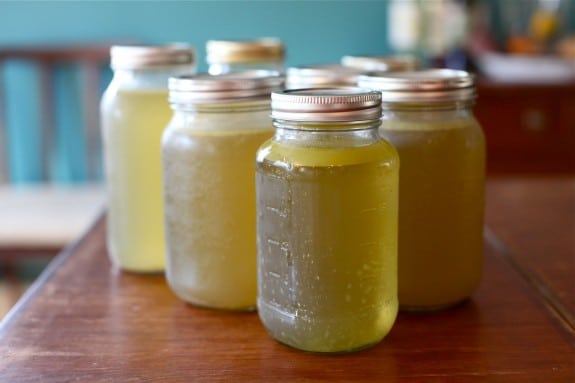
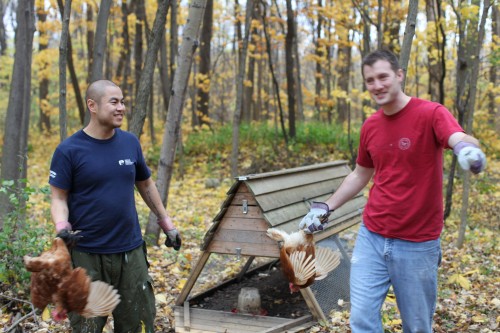
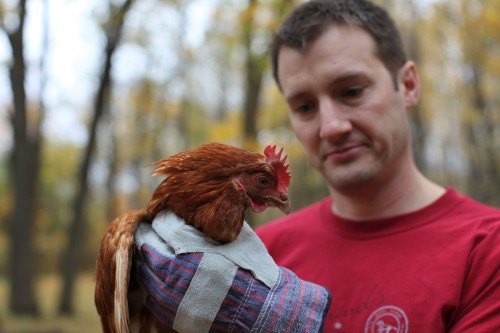
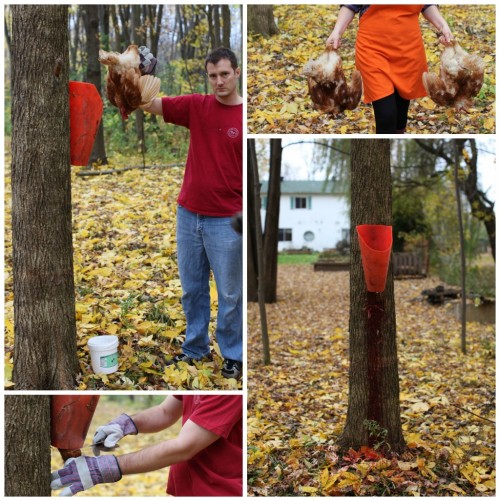
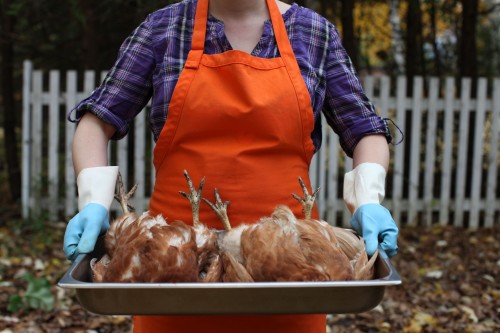
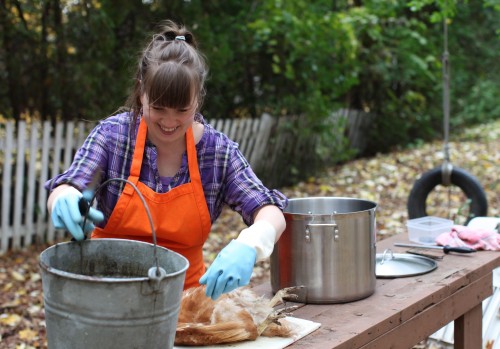
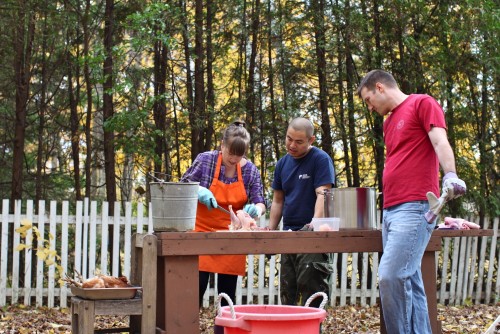
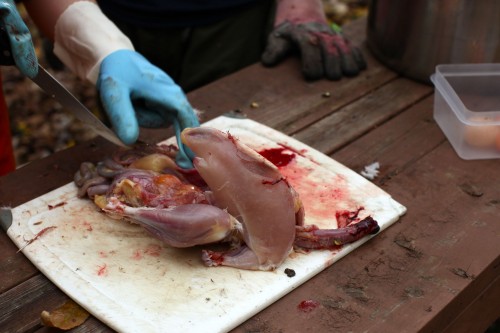
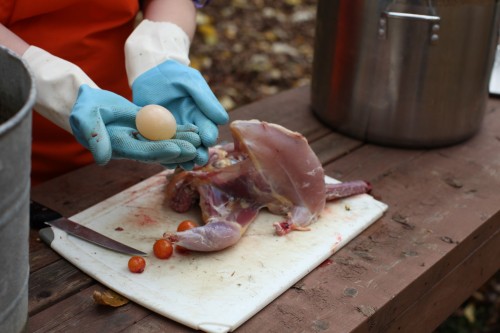

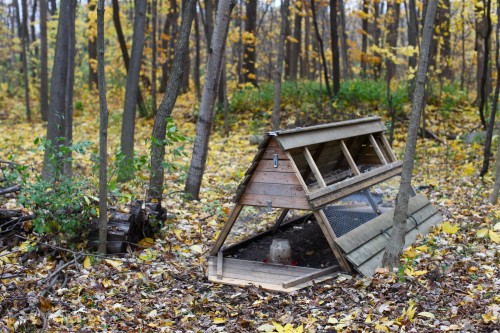
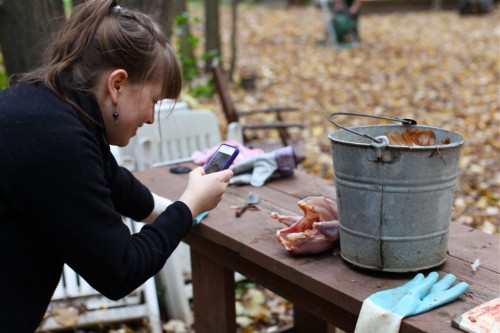
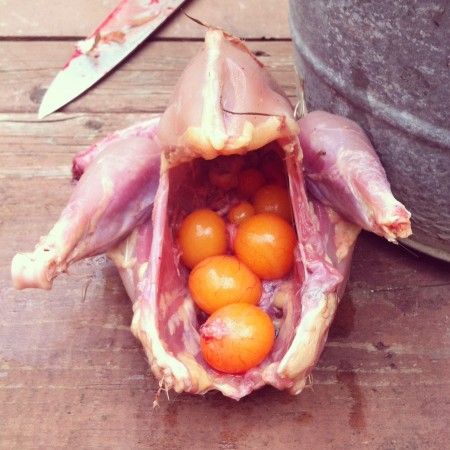
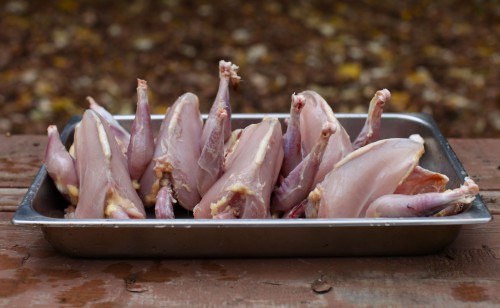
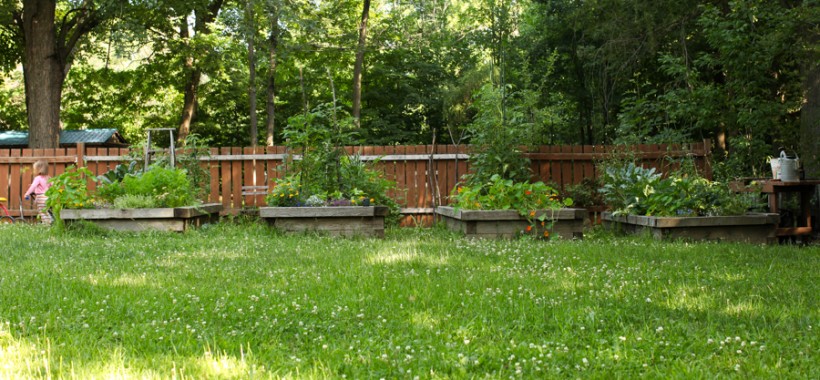
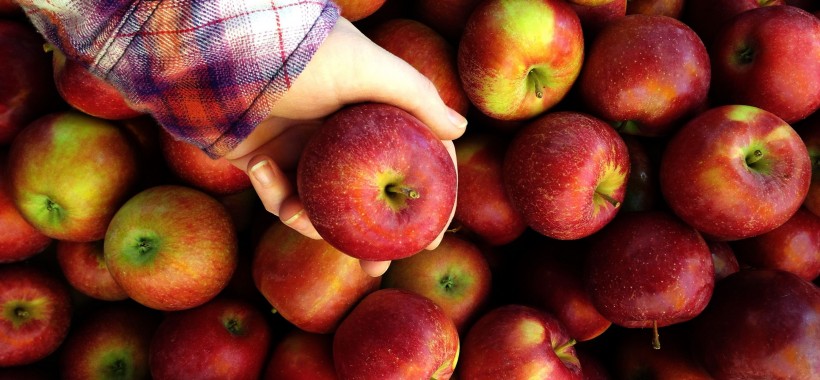
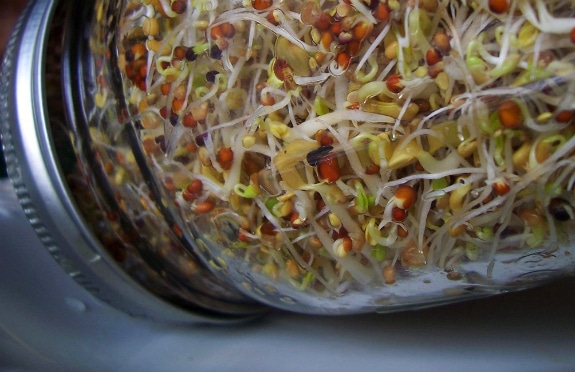
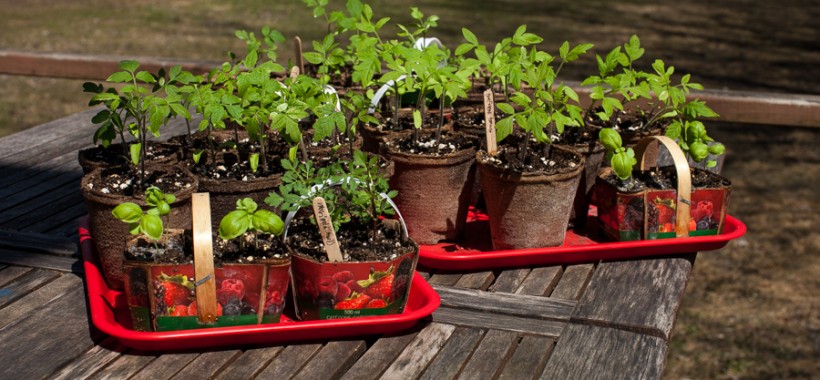
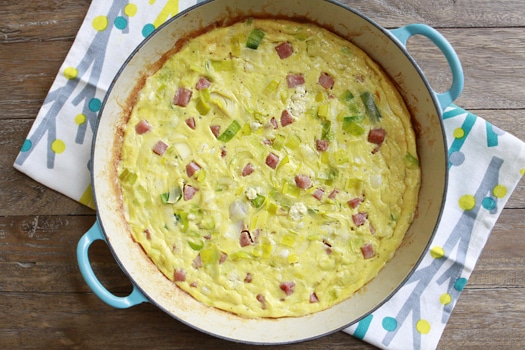
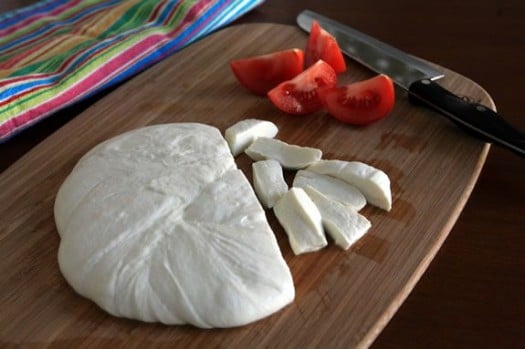
Thanks a lot for sharing some information here…It was incredible…Hope everyone will like it…Keep on sharing with us..
Congrats on your successful harvest! We also butcher our chickens, though just the roosters. We hatch and raise our own, adding a couple hens to our flock each year and selling the excess layers. Always a market for laying hens. The roosters are butchered at about 4 months (we are raising a dual purpose breed and not exclusively meat birds). We butcher about twice a year and it is hard but satisfying to see the freezer full of meat.
Hi Aimee, I admire the fact that you do this and the fact the you found such a caring, appropriate way to share. Frankly, I’m a little jealous! 🙂 I can’t wait until the day (hopefully soon) when I can incorporate chickens into my life. Now, I’ll have a great resource to look to. Thanks!
Not interested in chicken farming but I find the various stages of egg development fascinating. I fear I would be squeamish in person. 🙂
I really enjoyed reading your post. I’m a little envious of your gardening & farming skills. I would love to have even half your ability. Your blog is giving me great insight & hopefully come spring I’ll start small, maybe a small garden.
Keep writing…I read you weekly.
Thanks for reading, Erika. I hope you do start a small garden. That’s the best way to learn.
Good for you! I’m not in a position to do this right now, but I dream of embarking on a similar homesteading journey in the near future. Thank you for such a thoughtful and informative post Aimee – I’m sure I’ll be referring back to it.
I think this is fascinating, and I totally admire you for raising chickens and harvesting them yourself. Some may not enjoy the images, but I think this is so much more natural than going the way of a factory. It’s so important to know where you food comes from, and I love that nothing goes to waste. Bravo! 🙂
Looks like a successful harvest! This is our first year homesteading and so we’ve had a bit of experience butchering too. Like you we have a ‘killing cone’ to take the odd bird for table for for health reasons. We have two separate flocks, one for eggs and one for meat. We raised a lot of meat birds so they went to be slaughtered (I didn’t fancy the de-humanising effects of killing 60 birds!) but I’ve killed the odd bird myself. I’m not great at butchering though, my knife skills need work!
Though I fully respect the position of anyone who choose to avoid meat (I was veggie for 8 years) I think it is crucial that those who do eat meat face up to what it entails. The life of the animal, the care taken over it’s welfare and it’s demise is all part of that. When we turn our back on it grim things happen to animals and people. I’m proud that our children know where their food comes from and that it is nourishing them in the most fundamental way. Good for you for taking part in this process : )
Love your activity… Looks like you really enjoy what you are doing. I am amazed with the eggs inside the chicken, maybe it taste good! Thanks for sharing…
I’ve just found your site/post and have found it so interesting. We ‘inherited’ 12 hens last summer (and had to build a coop FAST!). While they’re still laying well, we’ve discussed what to do when the laying slows. My husband doesn’t want to harvest/eat them, but is fine giving them to someone else who would. He’s developed quite a love for the hens. What I found so very interesting is the process of skinning them without plucking. I’ve never heard of that and think that might be a way to ‘try out’ harvesting our own for the first time. Thank you for such an informative post!
I want chickens so bad but I don’t think I can “harvest” them. I would have to gift them to someone who would otherwise they would die of old age at our house.
This may be a silly question, but could you possibly do a post on the steps from the stockpot to the freezer? We have some hens that most likely won’t make it through the winter (our coop isn’t well-insulated and won’t get done this year), so it’d be great to know how to continue after the butchering!
Hi Tara,
Here’s my method for brown chicken stock (mucho flavor!).
https://simplebites.net/how-to-make-roasted-brown-chicken-stock-and-young-love-in-the-summer/
Hope that helps and happy harvest!
I have a question. I just harvested my first chicken with several other people in a class, and no one wanted those yolks from inside their chickens, so I took them all. I can eat them, right? Can I just treat them like I would egg yolks from an egg, or do I need to cook them, or should we not eat them at all? What do you do? Thanks for any help!
If you’re gonna do a post about this, please get the terminology right. It’s not a “harvest” — That is for plants — When you kill animals it is called a “slaughter.”
You are an absolutely disgusting person.
I will never read your blog again or purchase your books. Will be sure to mention this to others and steer them away.